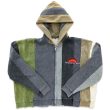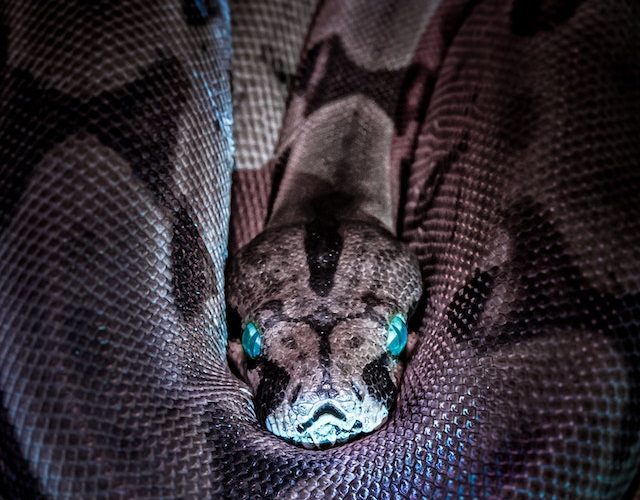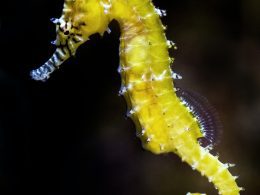Identifying and Handling Deadly Snakes in Your Backyard
In the serene sanctuary of your backyard, there exists a hidden peril that demands your attention: deadly snakes. Join us on an exploration guided by renowned herpetologist, Dr. Laura Anderson, as we unveil the secrets of these elusive creatures and empower you with the knowledge to safeguard your loved ones.
Meet the Expert: Dr. Laura Anderson
Before we embark on our journey to understand these backyard serpents, let’s acquaint ourselves with our trusted guide, Dr. Laura Anderson. As a distinguished herpetologist with decades of experience in the field, Dr. Anderson’s expertise is unparalleled. Her insights will equip you with the skills needed to navigate your backyard safely.

Identifying and Surviving Encounters
Recognizing the venomous culprits in your midst is the first step towards safety. Our informative table below outlines common venomous snakes found in North American backyards, their distinctive characteristics, and their typical habitats:
| Snake Species | Distinctive Features | Range |
|---|---|---|
| Coral Snake | Red, yellow, and black bands | Southeastern United States |
| Water Moccasin | Dark, thick-bodied | Southeastern United States |
| Western Rattlesnake | Rattle at the end of the tail | Western United States |
| Cottonmouth | White mouth interior | Southeastern United States |
Safely Navigating Snake Territory
With identification knowledge in your arsenal, it’s crucial to understand how to react if you encounter a venomous snake. Dr. Anderson advises:
- Stay calm: Do not panic or make sudden movements. Most snakebites occur when people try to interact with the snake.
- Back away slowly: Slowly and calmly move away from the snake, giving it space to retreat.
- Seek medical attention: If bitten, seek immediate medical help. Do not attempt to suck out venom or apply a tourniquet.
- Pet safety: Keep pets on leashes or within a secure area in the backyard to prevent snake encounters.
The Importance of Coexistence
It’s essential to remember that these snakes play a vital role in the ecosystem by controlling rodent populations. Instead of fearing them, consider the balance they bring to your backyard.
Venomous vs. Harmless Backyard Snakes
To aid in differentiation, let’s compare venomous snakes with their harmless counterparts:
| Feature | Venomous Snakes | Harmless Snakes |
|---|---|---|
| Head Shape | Triangular | Narrow and elongated |
| Pupils | Vertical (like a cat’s eye) | Round |
| Tail | Usually rattles (except coral snakes) | No rattles |
| Aggressive Behavior | Defensive when cornered or threatened | Non-aggressive |
Refer to this comparative table for a quick distinction between venomous and harmless snakes, enhancing your safety.
Conclusion
Our exploration of deadly snakes in your backyard, guided by the wisdom of Dr. Laura Anderson, has equipped you with the essential knowledge to coexist safely with these enigmatic creatures. Remember, their presence is a testament to the delicate balance of nature in your own backyard. Stay alert, stay safe, and embrace the marvels of your backyard wilderness while safeguarding your loved ones from potential dangers.












